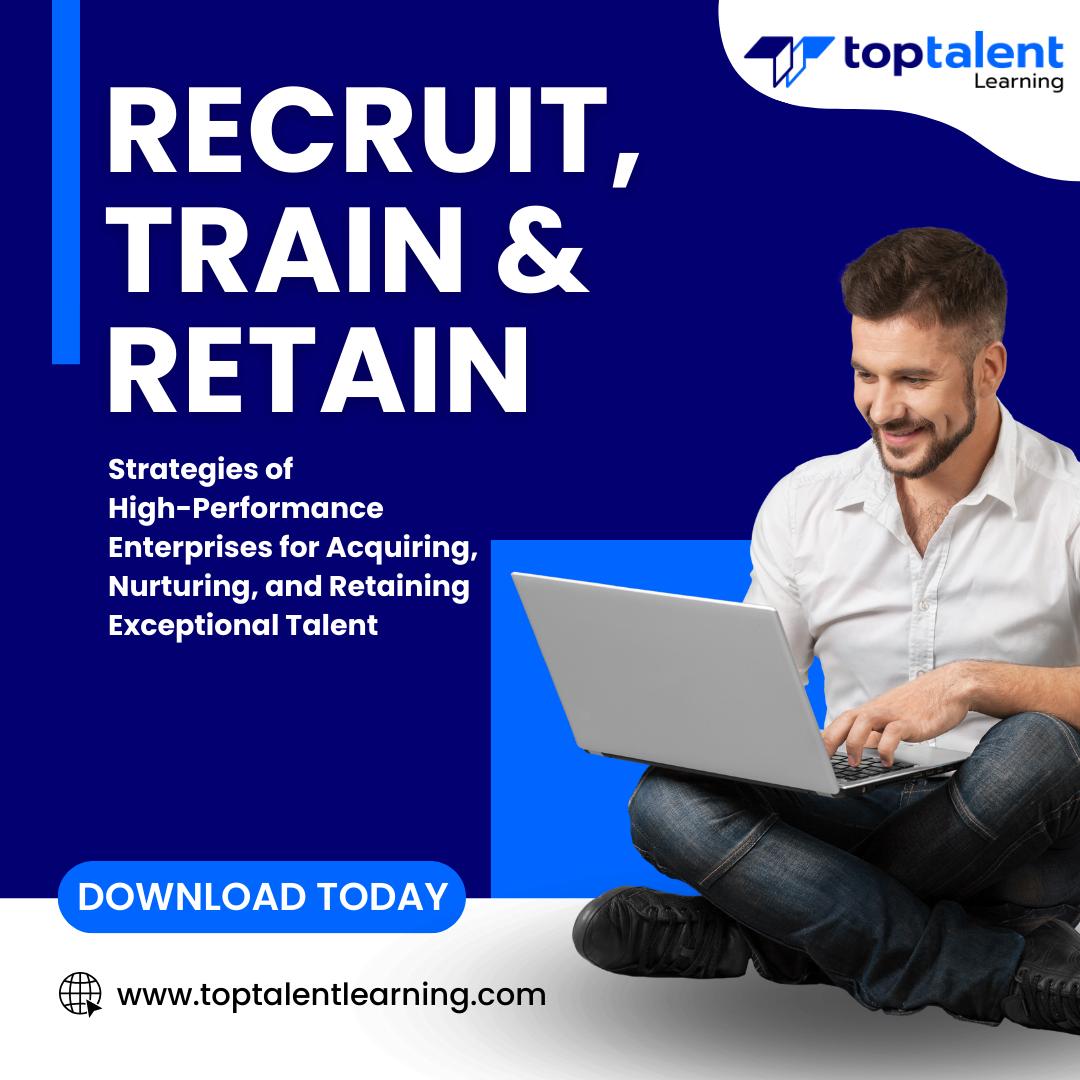NoSQL Distilled
Embark on an exciting journey into the world of NoSQL databases with our immersive and comprehensive course NoSQL-Distilled. Explore core concepts, understand different data models, and learn how to distribute and maintain consistency in dynamic NoSQL systems. It includes interactive lessons, fun quizzes, glossaries, flashcards, and practical hands-on labs featuring popular databases like Riak, MongoDB, Cassandra, and Neo4J. Embrace the future of computer science today and join us on an extraordinary adventure to unlock endless possibilities in the realm of NoSQL databases.
- Price: $279.99
- Delivery Method: eLearning
| Name | Buy |
|---|---|
| NoSQL Distilled |
Test Prep
Features
13+ LiveLab |
13+ Video tutorials |
00+ Minutes
Why choose TOPTALENT?
- Get assistance every step of the way from our Texas-based team, ensuring your training experience is hassle-free and aligned with your goals.
- Access an expansive range of over 3,000 training courses with a strong focus on Information Technology, Business Applications, and Leadership Development.
- Have confidence in an exceptional 95% approval rating from our students, reflecting outstanding satisfaction with our course content, program support, and overall customer service.
- Benefit from being taught by Professionally Certified Instructors with expertise in their fields and a strong commitment to making sure you learn and succeed.
Outline
Lessons 1:
Preface
- Why Are NoSQL Databases Interesting?
- What’s in the Course
- Who Should Read This course
- What Are the Databases
- Acknowledgments
Lessons 2:
Why NoSQL?
- The Value of Relational Databases
- Impedance Mismatch
- Application and Integration Databases
- Attack of the Clusters
- The Emergence of NoSQL
- Key Points
Lessons 3:
Aggregate Data Models
- Aggregates
- Key-Value and Document Data Models
- Column-Family Stores
- Summarizing Aggregate-Oriented Databases
- Further Reading
- Key Points
Lessons 4:
More Details on Data Models
- Relationships
- Graph Databases
- Schemaless Databases
- Materialized Views
- Modeling for Data Access
- Key Points
Lessons 5:
Distribution Models
- Single Server
- Sharding
- Master-Slave Replication
- Peer-to-Peer Replication
- Combining Sharding and Replication
- Key Points
Lessons 6:
Consistency
- Update Consistency
- Read Consistency
- Relaxing Consistency
- Relaxing Durability
- Quorums
- Further Reading
- Key Points
Lessons 7:
Version Stamps
- Business and System Transactions
- Version Stamps on Multiple Nodes
- Key Points
Lessons 8:
Map-Reduce
- Basic Map-Reduce
- Partitioning and Combining
- Composing Map-Reduce Calculations
- Further Reading
- Key Points
Lessons 9:
Key-Value Databases
- What Is a Key-Value Store
- Key-Value Store Features
- Suitable Use Cases
- When Not to Use
Lessons 10:
Document Databases
- What Is a Document Database?
- Features
- Suitable Use Cases
- When Not to Use
Lessons 11:
Column-Family Stores
- What Is a Column-Family Data Store?
- Features
- Suitable Use Cases
- When Not to Use
Lessons 12:
Graph Databases
- What Is a Graph Database?
- Features
- Suitable Use Cases
- When Not to Use
Lessons 13:
Schema Migrations
- Schema Changes
- Schema Changes in RDBMS
- Schema Changes in a NoSQL Data Store
- Further Reading
- Key Points
Lessons 14:
Polyglot Persistence
- Disparate Data Storage Needs
- Polyglot Data Store Usage
- Service Usage over Direct Data Store Usage
- Expanding for Better Functionality
- Choosing the Right Technology
- Enterprise Concerns with Polyglot Persistence
- Deployment Complexity
- Key Points
Lessons 15:
Beyond NoSQL
- File Systems
- Event Sourcing
- Memory Image
- Version Control
- XML Databases
- Object Databases
- Key Points
Lessons 16:
Choosing Your Database
- Programmer Productivity
- Data-Access Performance
- Sticking with the Default
- Hedging Your Bets
- Key Points
- Final Thoughts


